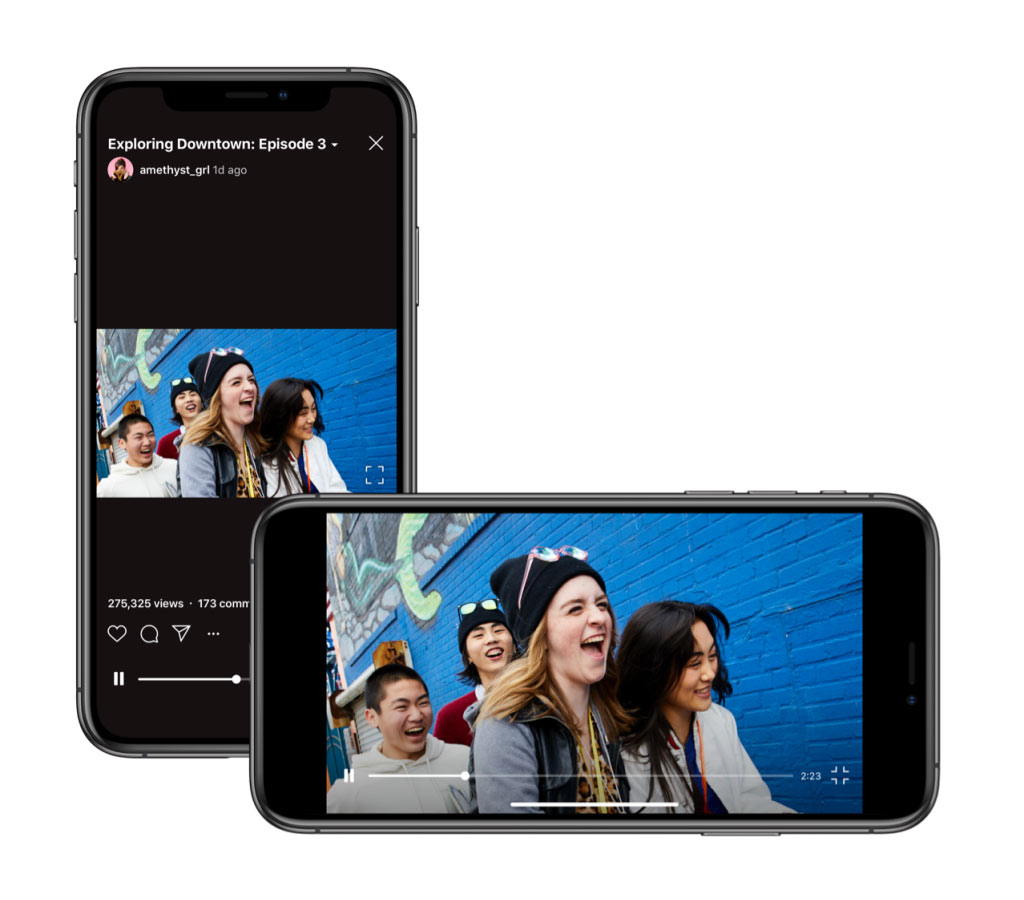
Creating something unique that none others have, can be an advantage. But in cases, it can also be trouble.
It was in 2018 that Instagram started betting on its IGTV. When announcing the feature for the first time, co-founder Kevin Systrom said that: “What I’m most proud of is that Instagram took a stand and tried a brand new thing that is frankly hard to pull off. Full-screen vertical video that’s mobile only. That doesn’t exist anywhere else.”
With an aim to invent and popularize a new medium for long-form vertical videos, IGTV offered no landscape uploads.
In short, Instagram wanted to be the differentiator.
While the feature quickly took off, it didn't take long until trouble started happening, and the biggest one was the difficulty for format reuse.
Following lackluster buy-in from creators loathe to shoot in IGTV's proprietary format, Instagram is retreating IGTV from its vertical-only policy.
What this means, users can start uploading traditional horizontal landscape videos too, and they can all be shown at full screen when users turn their phones sideways while using IGTV’s standalone app or its hub within the main Instagram app.
Explaining about the move, Instagram in its press release said that:

"In many ways, opening IGTV to more than just vertical videos is similar to when we opened Instagram to more than just square photos in 2015. It enabled creativity to flourish and engagement to rise – and we believe the same will happen again with IGTV."
"For viewers, this means IGTV will be a place to watch even more content from the creators they love – and do it straight from their phone."
Here, Instagram acknowledges that being different doesn't necessarily mean that users would champion its product over others.
First of all, Instagram is trying to shake YouTube platform which is owned by Google, the champion of online streaming. Second of all, besides YouTube, Instagram is also having a tough competition with Snapchat and TikTok.
But here's the thing, with the web getting larger, there is an increased of influx coming from competitors.
And with Instagram having a format that is difficult to reuse, the social media is essentially closing its doors for users to reuse their existing contents on its platform. This can be a turn off to some.
And then there is the fact that Instagram doesn't allow users to monetize their contents on its platform. Without ways to earn a cut of ad revenue, accept tips, sign up users to a monthly patronage subscription or sell merchandise, these made Instagram difficult to market its vertical videos.
With Instagram finally loosening its policy, Instagram essentially reduces the friction by allowing people to easily port their content to.
Now, at least, creators can shoot once and distribute their contents to YouTube and to IGTV and other apps, without to edit things out anymore. This could make content creators happy, at least until Instagram figures out how to offer monetization.